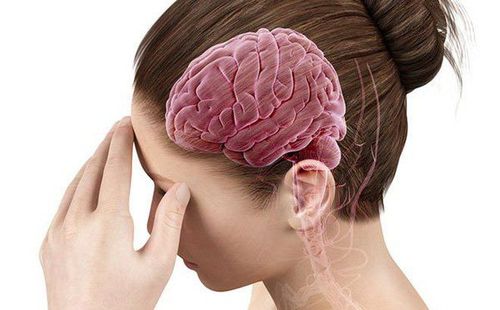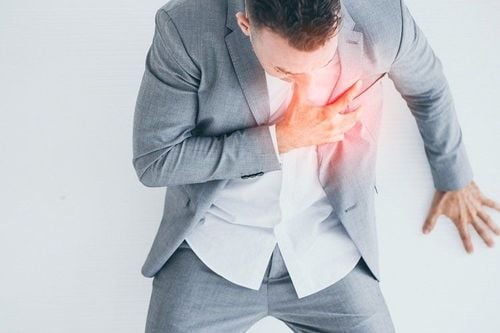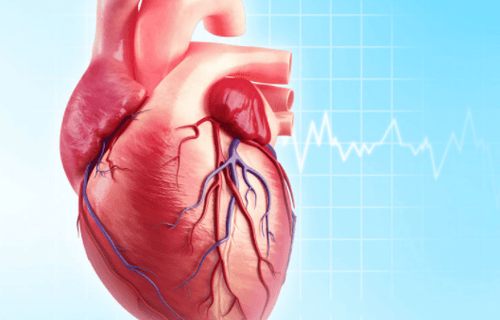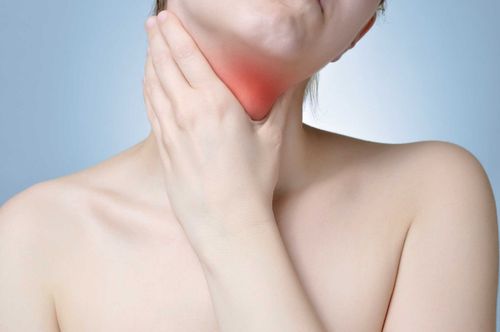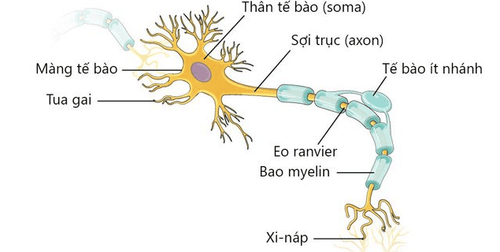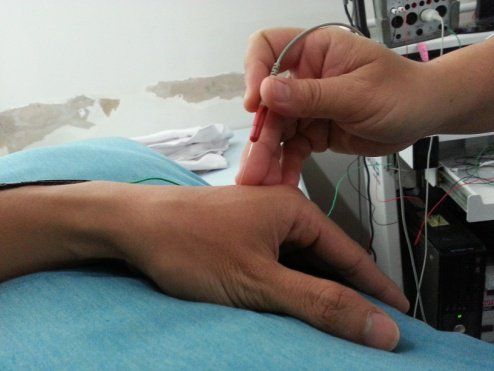This is an automatically translated article.
The article was written by Rehabilitation Doctor - Department of General Surgery & Anesthesia - Vinmec Hai Phong International General Hospital.The severed limb (due to an unexpected accident) has microscopic blood vessels that can completely be reassembled normally, if the severed part is well preserved.
1. What is limb replantation surgery?
A limb (finger, hand, and arm) replantation is surgery to reattach a finger, hand, or arm that has been completely amputated from a person's body.Replanting a limb brings great functional, aesthetic and psychological benefits to the patient, helping the patient to reuse the injured area as much as possible. This procedure is recommended if the replanted part is expected to function without pain.
Rehabilitation results after limb replantation depend on many factors such as:
Location of the injured hand, Causes of injury, damage morphology, severed features, How to refrigerate the severed limb , the duration of anemia, the full participation and the right time for rehabilitation after surgery. After surgery, if the patient does not receive early, proper and adequate rehabilitation treatment, the possibility of sequelae (usually > 6 months after surgery) is very high. Possible sequelae include: hand misaligned, no bone, prosthetic joint, scar stretch, deformity, tendon adhesion, slip, tendon rupture. This will affect hand function, making it difficult for the patient to even perform daily activities.

Phần chi thể bị đứt rời (do tai nạn bất ngờ) có mạch máu siêu nhỏ hoàn toàn có thể ráp nối lại bình thường
2. Hand characteristics after limb reattachment surgery
The limb grafting procedure involves several steps:First, the damaged tissue is cleaned and carefully removed. The ends of the bones are carefully trimmed before they are reattached. This makes it easier to align the soft tissues on either side of the wound. Arteries, veins, nerves, muscles and tendons are sewn together. Nerves, tendons, and joints that are not covered can be covered with a free-tissue transplant, where tissue is removed from another part of the body, along with arteries and veins. it. Finally, skinless areas covered with skin were taken from other areas of the body. After surgery, recovery of limb function depends on the regrowth of two types of nerves: sensory nerves and motor nerves. Sensory nerves carry messages to the brain from different parts of the body to signal pain, pressure, and temperature. Whereas motor nerves carry messages from the brain to the muscles to make the body move. Nerves grow about 2.54 centimeters (1 inch) per month, and this fact helps doctors estimate recovery time.
3. Hand rehabilitation exercises after limb replanting
Complete healing of wounds and surgical wounds is only the beginning of a long process of rehabilitation. Physical therapy and temporary immobilization are important to the recovery process. The immobilizer is used initially to protect the newly repaired limb, and to allow the patient to move the replanted part. Physical therapy exercises are used to prevent stiff joints, keep muscles active and minimize the formation of scar tissue, gradually restore range of motion and strengthen the muscles of the extremities. post-planting body.In the first stage after surgery, the patient should exercise under the guidance and support of physiotherapist- Rehabilitation specialists, to ensure the correct technique, reduce pain, and protect the joint and limb area. can be planted.
Depending on the position of the grafted limb as well as each stage of recovery after surgery, which exercises are applied appropriately. Rehabilitation exercises for the hand after limb reimplantation include:
3.1 Passive hand-finger exercises Performed by a Physiotherapy- Rehabilitation technician, including: the following movements:
Fold the fingers: Fold the fingers into a fist, then straighten the fingers. Curl and straighten one finger at a time. Curl and straighten the thumb. Spread fingers: Spread thumb and index finger apart, then bring them together. Separate your index and middle (ring) fingers away from each other, then bring them together. Do the same with the remaining fingers. Thumb Touch: Touch the patient's fingertips to the tip of their thumb. Finger rotation: Roll each finger in a circle in one direction. Scroll each finger in the other direction. Scroll your thumb in each direction. 3.2 Active hand-finger exercises Technicians Physiotherapy- Rehabilitation partially assist or perform the following movements by the patient:
Arrow exercises: Start with elbows upright, wrists straight, fingers pointing toward the ceiling. Fingers close together, separate thumb away from index finger and bring back close to index finger.

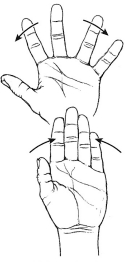
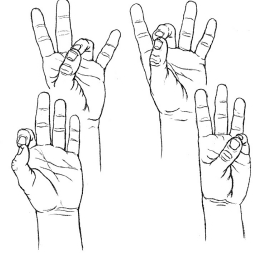
Each exercise repeat 10 times for each movement. Do 3-4 times per day.
By doing simple hand exercises, gradually increasing the intensity, then focusing on strengthening and stretching, you can improve the flexibility of your fingers and hands.
The entire exercise process needs to be performed fully and properly according to the instructions and advice of the Rehabilitation Doctor as well as under the support and guidance of Physiotherapy technicians, to ensure effectiveness and appropriateness to each stage of recovery. Therefore, periodic re-examination is essential.
4. Notes on hand rehabilitation after limb replanting
Some factors that can affect the recovery are:Tobacco : The patient should avoid smoking as it can reduce blood flow to the replanted limb. Age: The younger people are, the more chance they have of having their nerves grow back, allowing for greater regain of sensation and movement in the replanted part. Weather: Cold weather can be uncomfortable during recovery, regardless of how well the patient recovers. Injury location on the limb: more use will help the replanted part be able to function better again. Joint Injury: A grafted limb is better able to function again in patients who do not have a joint injury. Dissected and Crushed Body Part: A cleanly amputated part usually recovers better after replanting than a part that has been amputated or crushed.
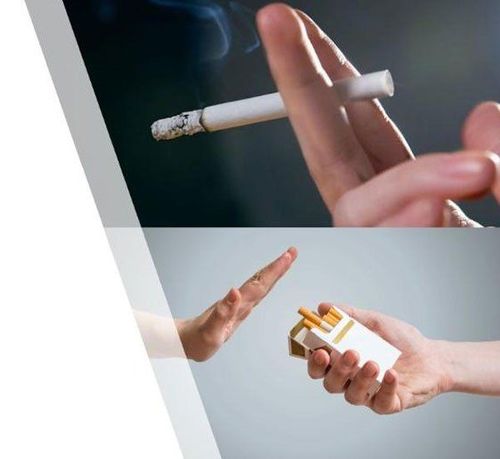
Người bệnh nên tránh hút thuốc vì nó có thể làm mất lưu lượng máu đến phần chi thể đã trồng lại
Please dial HOTLINE for more information or register for an appointment HERE. Download MyVinmec app to make appointments faster and to manage your bookings easily.




